 W
WHeinrich Aldegrever or Aldegraf was a German painter and engraver. He was one of the "Little Masters", the group of German artists making small old master prints in the generation after Albrecht Dürer.
 W
WAlbrecht Altdorfer was a German painter, engraver and architect of the Renaissance working in Regensburg, Bavaria. Along with Lucas Cranach the Elder and Wolf Huber he is regarded to be the main representative of the Danube School setting biblical and historical subjects against landscape backgrounds of expressive colours. He is remarkable as one of the first artists to take an interest in landscape as an independent subject. As an artist also making small intricate engravings he is seen to belong to the Nuremberg Little Masters.
 W
WErhard Altdorfer was a German Early Renaissance printmaker, painter, and architect, who worked as a court painter in Schwerin from 1512 until his death in 1561.
 W
WHans Baldung, called Hans Baldung Grien,, was an artist in painting and printmaking, engraver, draftsman, and stained glass artist, who was considered the most gifted student of Albrecht Dürer, whose art belongs to both German Renaissance and Mannerism. Throughout his lifetime, he developed a distinctive style, full of colour, expression and imagination. His talents were varied, and he produced a great and extensive variety of work including portraits, woodcuts, drawings, tapestries, altarpieces, stained glass, allegories and mythological motifs.
 W
WLeonhard Beck was a painter and designer of woodcuts in Augsburg, Germany. He was the son of Georg Beck, who was active as a miniaturist in Augsburg c. 1490-1512/15. He worked with his father on two Psalters for the Augsburg monastery in 1495. He was an assistant to Hans Holbein the Elder, working on a Holbein altarpiece now in the Städel in Frankfurt am Main in 1500-1501.
 W
WBarthel Beham (1502–1540) was a German engraver, miniaturist and painter.
 W
WSebald Beham (1500–1550) was a German painter and printmaker, mainly known for his very small engravings. Born in Nuremberg, he spent the later part of his career in Frankfurt. He was one of the most important of the "Little Masters", the group of German artists making prints in the generation after Dürer.
 W
WHans Besser was a German Renaissance portrait painter. His exact date of death is not known.
 W
WJakob Binck was a German engraver, etcher, painter, medalist, copyist and art dealer. He was a peripatetic artist who worked for various courts in Northern Europe, especially the Danish court, and also resided in Antwerp for a while. As an engraver he is counted as a peripheral member of the Little Masters group.
 W
WJörg Breu the Elder, of Augsburg, was a painter of the German Danube school. He was the son of a weaver.
 W
WHans Brosamer was a German draughtsman, printmaker and painter of the Renaissance period. His life has left hardly any documentary trace, other than his prints, but he was active in Fulda from 1536 to 1545, and later worked in Erfurt.
 W
WBartholomäus Bruyn (1493–1555), usually called Barthel Bruyn or Barthel Bruyn the Elder, was a German Renaissance painter active in Cologne. He painted altarpieces and portraits, and was Cologne's foremost portrait painter of his day.
 W
WBartholomäus Bruyn, usually called Barthel Bruyn the Younger to distinguish him from his father of the same name, was a German painter active in Cologne. He is noted mainly for his portraits.
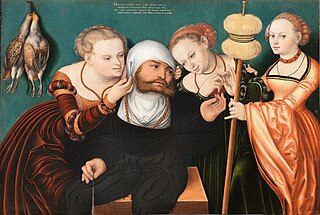 W
WHans Cranach, also known as Johann Lucas Cranach, was a German painter, the oldest son of Lucas Cranach the Elder. German art historian Christian Schuchardt, who discovered his existence, credits him with an altar-piece at Weimar, signed with the monogram "H. C.", and dated 1537. He died at Bologna in 1537. Luther mentions his death in his Table Talk, and Johann Stigel, a contemporary poet, celebrates him as a painter.
 W
WLucas Cranach the Elder was a German Renaissance painter and printmaker in woodcut and engraving. He was court painter to the Electors of Saxony for most of his career, and is known for his portraits, both of German princes and those of the leaders of the Protestant Reformation, whose cause he embraced with enthusiasm. He was a close friend of Martin Luther. Cranach also painted religious subjects, first in the Catholic tradition, and later trying to find new ways of conveying Lutheran religious concerns in art. He continued throughout his career to paint nude subjects drawn from mythology and religion.
 W
WLucas Cranach the Younger was a German Renaissance painter and portraitist, the son of Lucas Cranach the Elder.
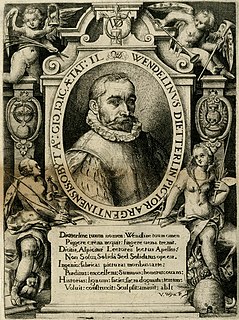 W
WWendel Dietterlin (c.1550–1599), sometimes Wendel Dietterlin the Elder, to distinguish him from his son, was a German mannerist painter, printmaker and architectural theoretician. Most of his paintings are now lost, and he is best known for his treatise on architectural ornament, Architectura, published in its final edition in Nuremberg in 1598.
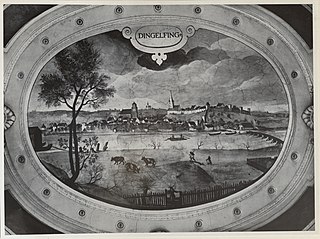 W
WHans Donauer, was a German Renaissance painter. He is sometimes known as Hans Donauer the Elder. His surname is sometimes spelt "Thonauer or Thunauer.
 W
WHans Dürer, was a German Renaissance painter, illustrator, and engraver.
 W
WAlbrecht Dürer, sometimes spelt in English as Durer or Duerer, was a German painter, printmaker, and theorist of the German Renaissance. Born in Nuremberg, Dürer established his reputation and influence across Europe when he was in his twenties due to his high-quality woodcut prints. He was in communication with the major Italian artists of his time, including Raphael, Giovanni Bellini and Leonardo da Vinci, and from 1512 was patronized by Emperor Maximilian I. Dürer is commemorated by both the Lutheran and Episcopal Churches.
 W
WMatthias Grünewald was a German Renaissance painter of religious works who ignored Renaissance classicism to continue the style of late medieval Central European art into the 16th century. His first name is also given as Mathis and his surname as Gothart or Neithardt. Only ten paintings—several consisting of many panels—and thirty-five drawings survive, all religious, although many others were lost at sea in the Baltic on their way to Sweden as war booty. His reputation was obscured until the late nineteenth century, and many of his paintings were attributed to Albrecht Dürer, who is now seen as his stylistic antithesis. His largest and most famous work is the Isenheim Altarpiece created c 1512 to 1516.
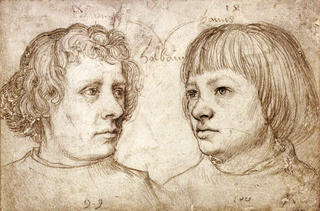 W
WAmbrosius Holbein was a German and Swiss artist in painting, drawing and printmaking. He was the elder brother, by about three years, of Hans Holbein the Younger, but he appears to have died in his mid twenties leaving behind only a small body of work.
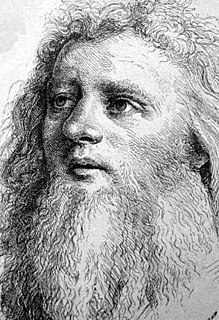 W
WHans Holbein the Elder was a German painter.
 W
WHans Holbein the Younger was a German painter and printmaker who worked in a Northern Renaissance style, and is considered one of the greatest portraitists of the 16th century. He also produced religious art, satire, and Reformation propaganda, and he made a significant contribution to the history of book design. He is called "the Younger" to distinguish him from his father Hans Holbein the Elder, an accomplished painter of the Late Gothic school.
 W
WConrad Faber von Kreuznach was a German painter and woodcuts designer formerly known as Master of Holzhausen-portraits.
 W
WMelchior Lorck was a renaissance painter, draughtsman, and printmaker of Danish-German origin. He produced the most thorough visual record of the life and customs of Turkey in the 16th century, to this day a unique source. He was also the first Danish artist of whom a substantial biography is reconstructable and a substantial body of artworks is attributable.
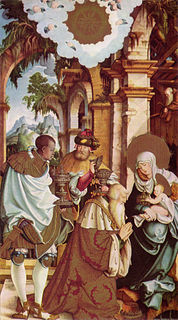 W
WThe Master of Meßkirch was an anonymous German Renaissance painter.
 W
WGeorg Pencz was a German engraver, painter and printmaker.
 W
WChristoph Schwartz, Schwarz, or Schovarts was a German court painter.
 W
WWilhelm Stetter (1487–1552) was a Renaissance painter from Alsace. He was born and died in Strasbourg.
 W
WChristoph Weiditz was a German painter, medalist, sculptor and goldsmith. His artistic development goes from a naïve-German record of the Renaissance influences to a clever mannerism. Christoph Weiditz is one of the four most important German medalist of the Renaissance, alongside Hans Schwarz, Friedrich Hagenauer and Matthes Gebel.